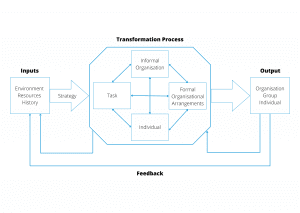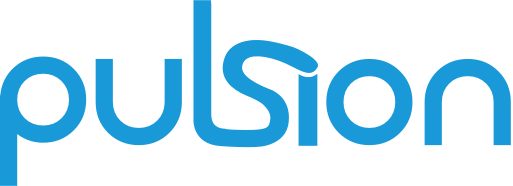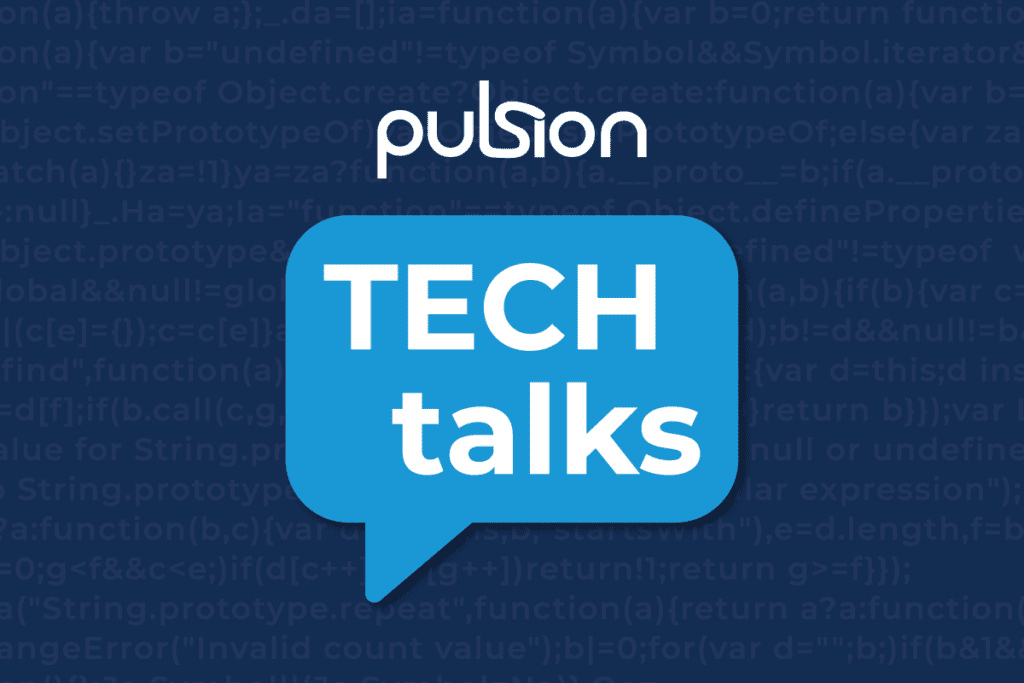Change is complicated. Necessary, desired, and yet often also resisted.
Without change, businesses would be stagnant. They would fall away in favour of new organisations that can keep up with the times, reacting to the changing desires of consumers or, even better, anticipate these consumer wants. And so change is a necessary aspect of business, and digital transformation is a keystone in this change landscape. Whilst we have previously discussed what digital transformation is, we will now focus on its implementation, how to manage the changes brought on by digital transformation. The two change models we will look at are the 3-Step Model and the Congruence Model.
Change Models
Lewin’s 3-Step Model
The simplest way to view change is through the lens of Lewin’s 3-Step Model; Unfreeze-Move-Refreeze. Unfreezing involves the destabilisation of the current state to unlearn practices and behaviour to create an environment capable of change. The basis for this Unfreezing being a necessary step is that there are complex forces at work keeping people (employees in this case) within their current state. Forces could include being set in their ways, confusion over what the change means for them, fear of uncertainty and hesitancy due to failure of previous attempts at change. To achieve this Unfreezing, it is important that all employees are made aware of the change to take place and its validity, how this will impact them and that they are reassured of their place once the change has taken place.
The next step is Moving. This is the stage where the change is implemented. Lewin noted the challenge in knowing the outcome of change, and that it was therefore important to do what you can to understand the various forces, positive and negative, on the change in order to predict its outcome. Emphasis must also be placed on reinforcing the change to encourage its persistence.
Finally, it is the Freeze step. In this step, your change has been made and you are now trying to establish it as standard. This requires the change to be reinforced by the system (the business, culture, practices, etc.) around the changed aspects. The change must be adopted by more than an individual, it must be adopted and supported by the group (all employees) and be reflected by the organisation in its practices and norms.
Nadler and Tushman’s Congruence Model
A more in-depth model is that of Nadler and Tushman which you can see below: While more complicated than Lewin’s model, the Nadler and Tushman’s Congruence Model lays out more detailed information about what goes into the change process. The components that it includes (such as environment, individuals and organisation) are shown as interacting parts that need to be considered in the change process. It is these components interacting in harmony that creates positive change, if they do not then this will result in issues or poor performance. To compare this model to Lewin’s, the Congruence Model is also laid out in three parts; Inputs, Transformation Process and Output. This model, however, also includes a feedback loop. Once the change has been completed and resulted in an output, this change is then reflected on and feedback gathered to consider further need for change.
While more complicated than Lewin’s model, the Nadler and Tushman’s Congruence Model lays out more detailed information about what goes into the change process. The components that it includes (such as environment, individuals and organisation) are shown as interacting parts that need to be considered in the change process. It is these components interacting in harmony that creates positive change, if they do not then this will result in issues or poor performance. To compare this model to Lewin’s, the Congruence Model is also laid out in three parts; Inputs, Transformation Process and Output. This model, however, also includes a feedback loop. Once the change has been completed and resulted in an output, this change is then reflected on and feedback gathered to consider further need for change.
The way in which change is managed in your business is individual. The actors you need to consider and how they adapt to change is particular to your business, the level and frequency of change is also different between industries and businesses. But for all businesses it is important that not just the change itself, but the implementation of the change is considered, planned and communicated well to all those impacted or concerned about the change. This is also true of digital transformation as the changes brought on by this process can greatly impact the work of employees whilst the business works to improve its products/services.




